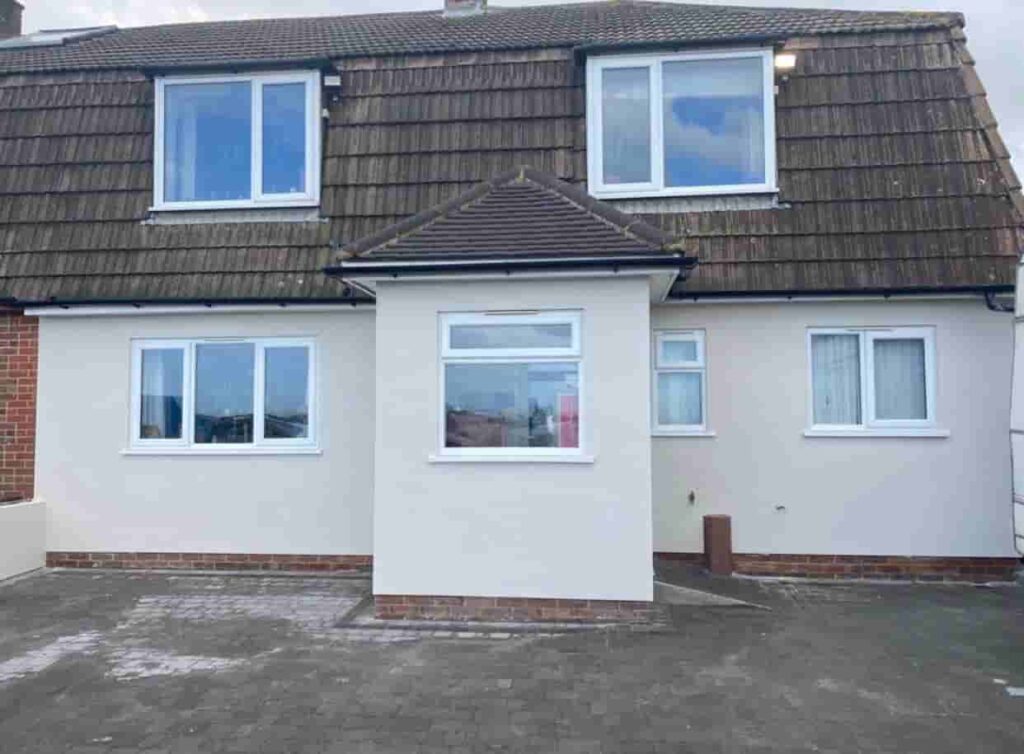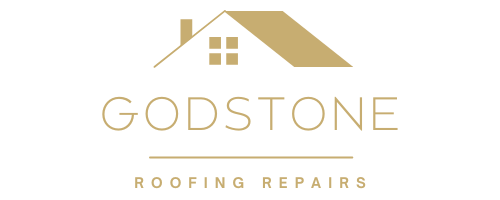When it comes to roofing options, flat roofs have often been misunderstood, with many homeowners favouring pitched roofs for their energy efficiency and aesthetic appeal. However, flat roofs can also offer significant energy savings when properly designed and maintained. If you’re considering a flat roof for your home or commercial property, you might be surprised to learn how energy-efficient they can be. In this article, we’ll explore how flat roofs can help you save on energy costs and enhance your building’s overall performance.
1. Excellent Insulation Potential
Flat roofs, when constructed with proper insulation materials, can offer excellent thermal performance. One of the main benefits of a well-insulated flat roof is its ability to maintain a consistent temperature inside your building, whether it’s keeping the warmth in during winter or the cool air in during summer.
- Thermal Efficiency: High-quality insulation installed beneath the flat roof helps prevent heat loss, ensuring that your heating system doesn’t need to work harder to keep the building warm in cold months.
- Reduced Energy Consumption: By effectively managing indoor temperatures, flat roofs can help reduce reliance on heating and cooling systems, leading to significant energy savings.
Investing in a well-insulated flat roof is an effective way to keep your energy consumption low while maintaining a comfortable indoor environment.
2. Reflective Roofing Materials to Minimise Heat Gain
Another factor that contributes to the energy efficiency of flat roofs is the use of reflective roofing materials. Modern flat roof systems can be installed with coatings that reflect a significant amount of sunlight, helping to reduce the amount of heat absorbed by the building.
- Cool Roof Technology: Many flat roofs now use reflective membranes that reflect the sun’s rays instead of absorbing them, reducing the heat that enters the building.
- Lower Cooling Costs: Reflective flat roofing materials are particularly useful during the summer months, as they help keep the building cooler, reducing the need for air conditioning.
By incorporating reflective materials, a flat roof can help reduce the urban heat island effect, making it an environmentally-friendly and energy-efficient option for homeowners.
3. Easy Integration of Green Roofs and Solar Panels
Flat roofs provide a versatile and accessible surface, making them ideal for the integration of additional energy-saving features like green roofs and solar panels.
- Solar Panels: A flat roof offers a perfect platform for the installation of solar panels. With proper alignment, solar panels can capture maximum sunlight, reducing your reliance on traditional electricity sources and saving you money on energy bills.
- Green Roofs: Green roofs, which involve the installation of vegetation on top of the roof, are another sustainable feature that can be integrated into flat roofs. These roofs help regulate temperature by providing natural insulation, reducing heat transfer, and improving air quality.
By incorporating renewable energy systems or green roofing solutions, flat roofs can enhance your building’s energy efficiency even further, providing long-term savings.
4. Efficient Use of Space
Flat roofs are not only energy-efficient but also provide an excellent opportunity to utilise the space for additional purposes, which can indirectly help reduce energy costs in other areas of the building.
- Additional Living Space: A flat roof can be used as a terrace or garden, reducing the need for energy-consuming outdoor equipment like air conditioning units or fans during warmer months.
- Storage Solutions: Flat roofs can also be used for storage, keeping valuable space inside your building open for more important uses.
This efficient use of space can contribute to a better overall energy management strategy for your property, ultimately reducing the energy consumption of both your home and your appliances.
5. Reduced Risk of Heat Loss Through Roof Penetrations
Flat roofs are less prone to heat loss due to structural gaps than traditional pitched roofs, which may have penetrations from vents, chimneys, or skylights. These penetrations, if not well-sealed, can lead to drafts and energy loss.
- Fewer Penetrations: The simpler design of a flat roof means fewer gaps or penetrations that need to be sealed, leading to better insulation and lower heat loss.
- Easier to Seal: Any penetrations that are needed for ventilation, pipes, or skylights can be more easily sealed in flat roofs, further improving energy efficiency.
This streamlined structure of flat roofs makes it easier to maintain an airtight seal, preventing energy loss and improving overall energy efficiency.
Conclusion
Flat roofs are not only a practical and modern roofing option but can also offer impressive energy efficiency benefits when designed and maintained properly. From excellent insulation and reflective roofing materials to the potential for green roofs and solar panels, flat roofs can help reduce your energy consumption and lower your utility bills.
For homeowners in Godstone, Surrey, looking for an energy-efficient roofing solution, flat roofs offer a great combination of cost savings and sustainability. At Godstone Roofing Repairs, we specialise in installing and maintaining flat roofs that are built to last and perform at their best. Contact us today to learn more about how a flat roof can improve your home’s energy efficiency and provide long-term savings.
Call us on: 01883 771 596
Click here to find out more about Godstone Roofing Repairs
Click here to complete our contact form and see how we can help with your Roofing needs.

